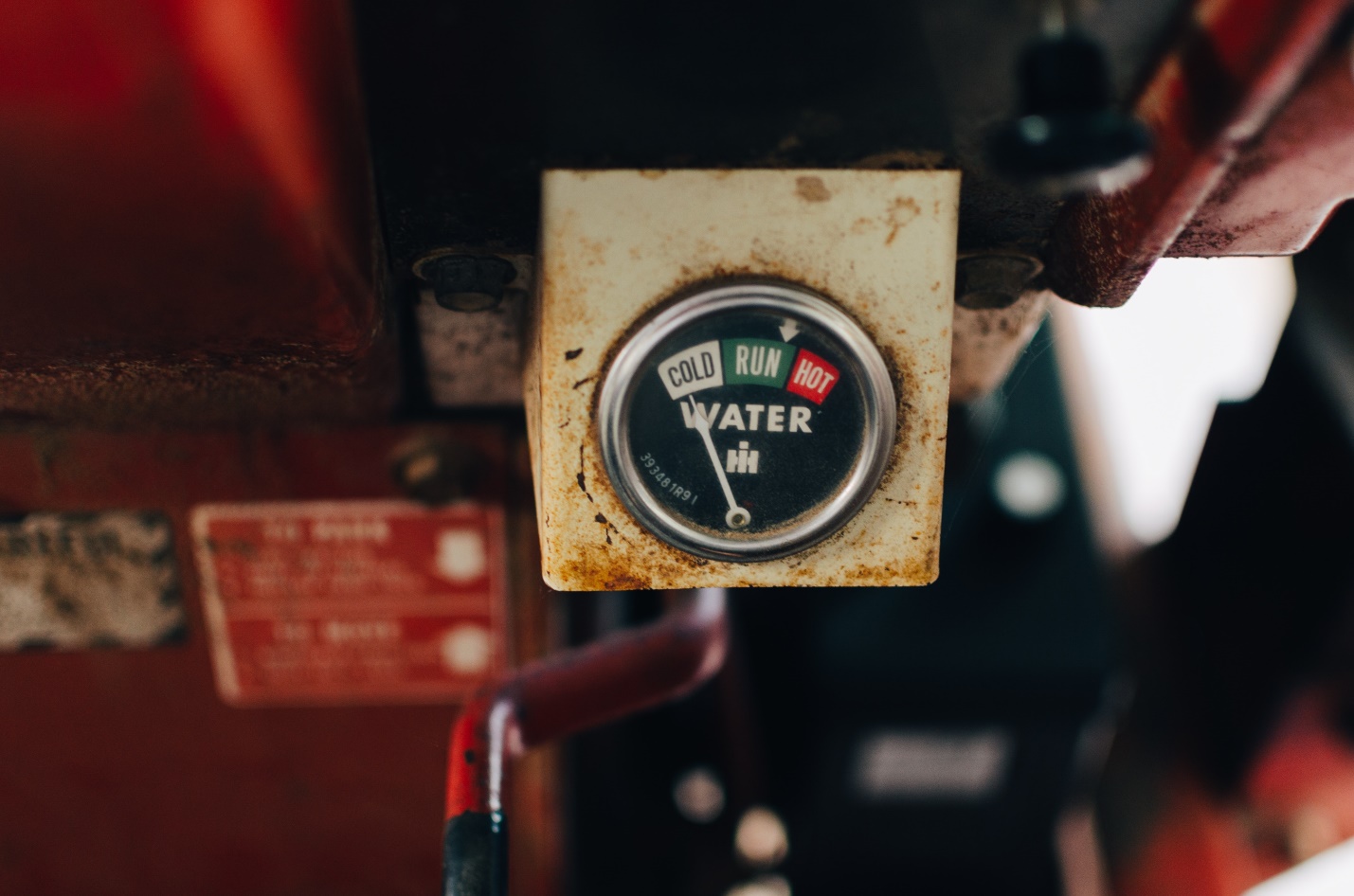
Holding the warm air in and leaving cold air out is the first step in preventing plumbing problems in winter. Sealing up drafty areas, including gaps and cracks in the doors and windows of your home, can do wonders for the ambient temperature. If the air in and under your home is warm, the pipes will stay warmer too.
While exterior pipes are at the mercy of the weather, interior pipes like those under sinks and in walls benefit from an extra layer of sealant. Make sure that any gaps that allow cold air in have a sealant material in them to block out freezing temperatures.
Because rubber and other soft materials can warp due to both hot and cold weather conditions, it’s worth a quick check on your plumbing to make sure there are no existing leaks due to equipment failure. A small leak at the beginning of winter may get worse if water freezes and expands in tight areas.
When it comes to leaky faucets and burst pipes, a problem can quickly go from bad to worse. In a home where pipes travel through walls, inside cabinets, and underfoot, the potential for anexpensive and disastrous leak is higher in winter than any other season.
For water that runs outside your home, such as a garden hose or outdoor spigot, consider installing freeze-proof faucets. These types of fixtures block the water far away from the spigot and keep it close to the main line underneath your home where conditions are warmer. This prevents freezing and potential burst pipes in crawl spaces and basements.
A simple trick that helps prevent frozen water lines and broken pipes is letting faucets run through the night. Even a slight drip from a faucet will keep water flowing and prevent it from freezing. However, this is not the ideal solution to preventing freezing because it can increase your utility bills and wastes water.
Still, if you can recycle the water for plants or pets, this is a helpful option for the interim while you work on other water-thawing measures.
The main problem with the plumbing in winter is that the pipes are cold. The simplest solution is to warm them up. There are a few ways to warm your pipes and avoid paying for new ones later.
During the day, when you’re heating your home for comfort, the pipes in your walls and under the floor are nearly as warm as you are. At night, when your heating system is set lower or is off completely, you might be cozy in bed while the pipes reach freezing temperatures. Depending on the climate, the drastic change in temperature overnight can result in swollen pipes full of ice, a tragic scenario when someone flushes a toilet the next morning.
Maintaining a consistent temperature in your home helps to level out fluctuations in the warmth of the pipes. Also, setting the central heat in the house to support temperatures well above freezing, even while you’re away, guarantees that you won’t come home to a plumbing tragedy.
Another way to ensure your pipes stay warm is to use insulation to wrap them. From spray insulation to sheets of material that are like blankets for pipes, there are options for any plumbing situation. The Red Cross recommends insulation as a helpful step to protect pipes from freezing.
If you can’t manage to get into an attic space or find a way to insulate pipes in the wall, spray insulation may help. In other cases, wrapping pipes under your home in sheets of insulation may provide enough warmth to avoid plumbing problems later.

Licensed and Insured
H.S. Hill MPL 37466 & Kirk Brandli TACLB53102E
All prices are subject to change.